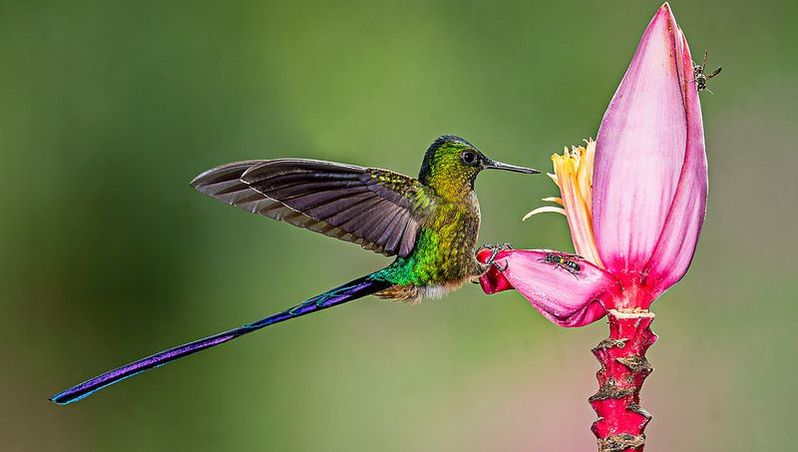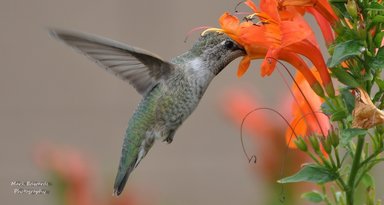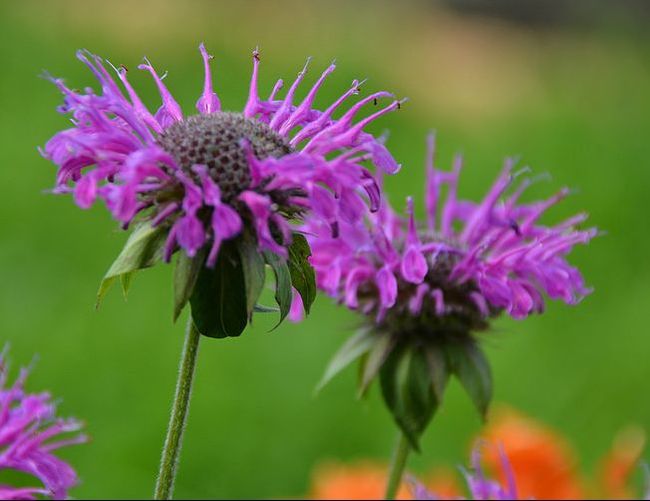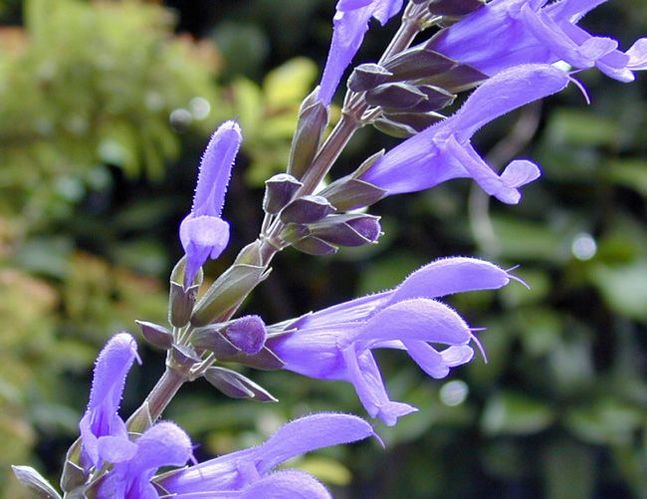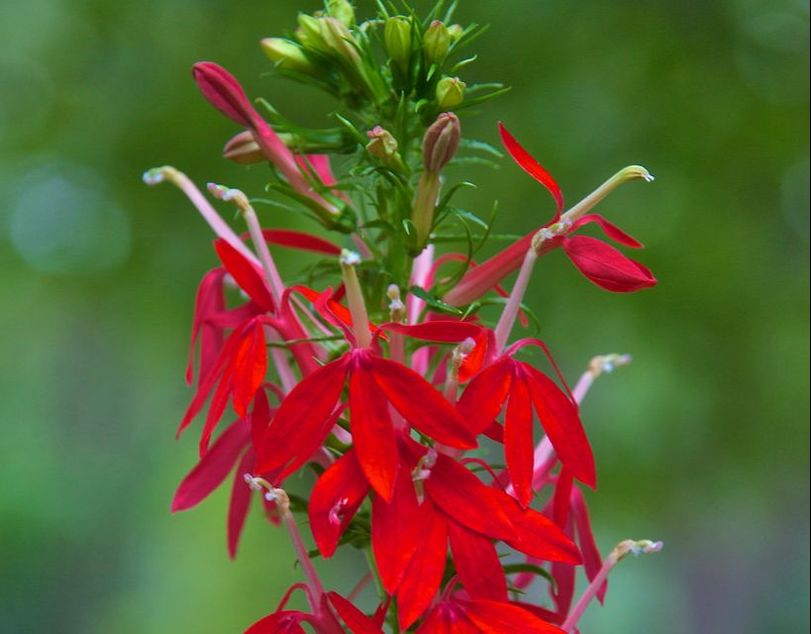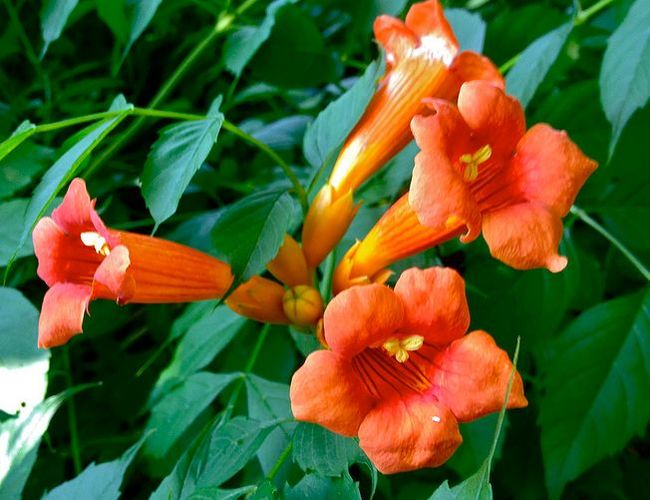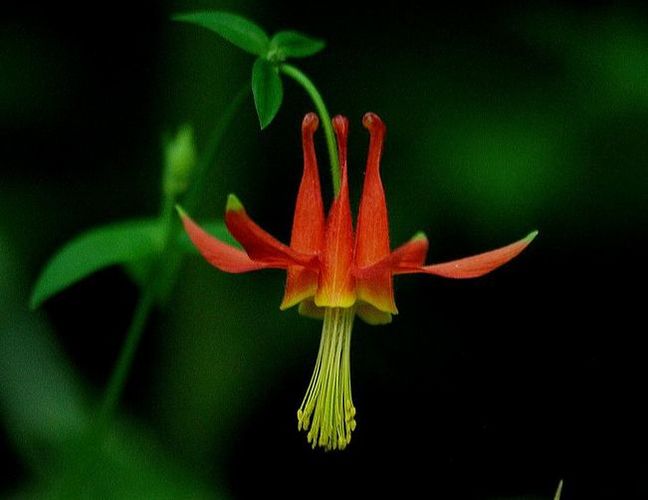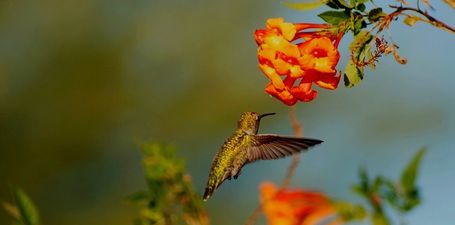The Intro
The Fake Flower
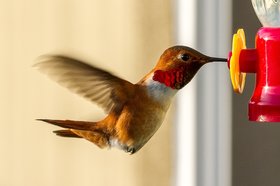
The Sweet Deal
|
Flowering plants and Hummingbirds have had a deal struck for as long as can be remembered. “You give me some energy in the form of a sugary nectar and I will spread your pollen to make more flowers.” This is a win/win situation that works for both plant and animal. Every time one of the little birds slips his long beak into a flower, the stamen rubs against the visitor’s chin or forehead which places pollen where it is then transported to the next flower and left on the stigma pollinating the next generation. And you though bees were the end all, bee all of pollinating. The massive amount of calories in the nectar is what keeps the birds coming back. If you supply the right flowers in your yard, I am sure you will find the birds will not be far behind. I guess the question is, which flowers are the right flowers?
|
|
The Heralding Trumpet
The Real Meal Deal
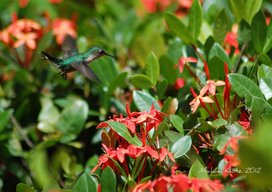
The Fountain of Eden
